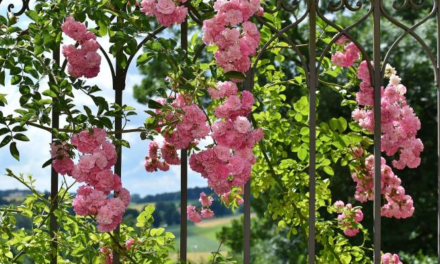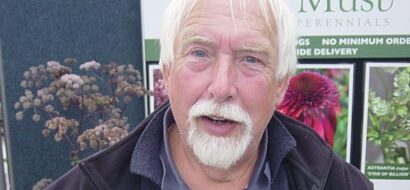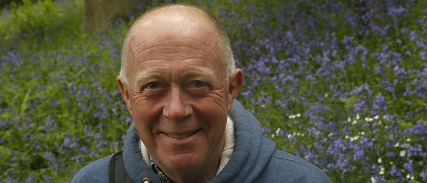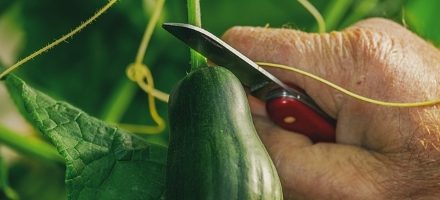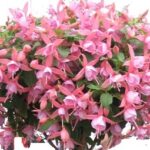Meeting: 26 February 2019
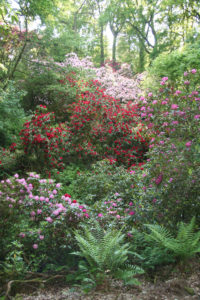 At our February meeting we welcomed Stephen and Melanie Lloyd with a talk entitled “Through the Seasons at Hergest Croft Gardens”.
At our February meeting we welcomed Stephen and Melanie Lloyd with a talk entitled “Through the Seasons at Hergest Croft Gardens”.
Stephen talked about how he came to Hergest Croft as a young man after leaving school in 1989, when his job on that first day was to count and grade plastic pots! He rapidly “rose through the ranks and became the “unofficial” Head Gardener in 1991. In those days there were seven gardeners – now only four are working in the garden.
Stephen led us on a romp through the seasons using his own pictures of the trees and plants growing at Hergest Croft. We began in the early spring with the naturalized bulbs planted throughout the gardens, moving on to the more formalized planting of tulips in particular – and so through the seasons. The gardens use the less orthodox method of growing soft fruits – on wires, not as bushes and we saw photographs of how this is done.
Then on to the later flowering trees and shrubs from camellias to rhododendrons and irises to clematis – all beautifully illustrated by Stephen’s photographs with pictures featuring examples of fine plants to be found at Hergest Croft – a garden to be visited throughout the year, a practice recommended by our speaker Christine Walkden last autumn.
The garden has over 7 000 named plants (excluding azaleas and rhododendrons) many sent to the garden over the past century by famous plant hunters – including Roy Lancaster. The garden also has more champion trees (biggest of their species) than any garden other than Kew.
Each spring the garden aims to plant 70 to 100 hardy woody plants. When space begins to be limited large specimens are cut back hard or numbers of individuals are reduced to make space.
The garden has many different areas which come to the fore at different times of the year – from the wild flower meadow to the herbaceous borders to the Park Wood to the Maple Grove (8 acres of trees mainly grown from wild collected seed).
The garden is an evolving place, with new projects each year. During this year they are developing an area of beds of late flowering deciduous azaleas (July/August) with 10 beds of 5 shrubs. Also, the garden has a new fruit cage 60’ x 30’ which will be planted up over the next few years. The Rose Garden is being completely re-designed and re-planted over the next couple of years once the invasive perennial weeds have been dealt with.
The talk ended with photographs of the white wonderland of this time last year.

